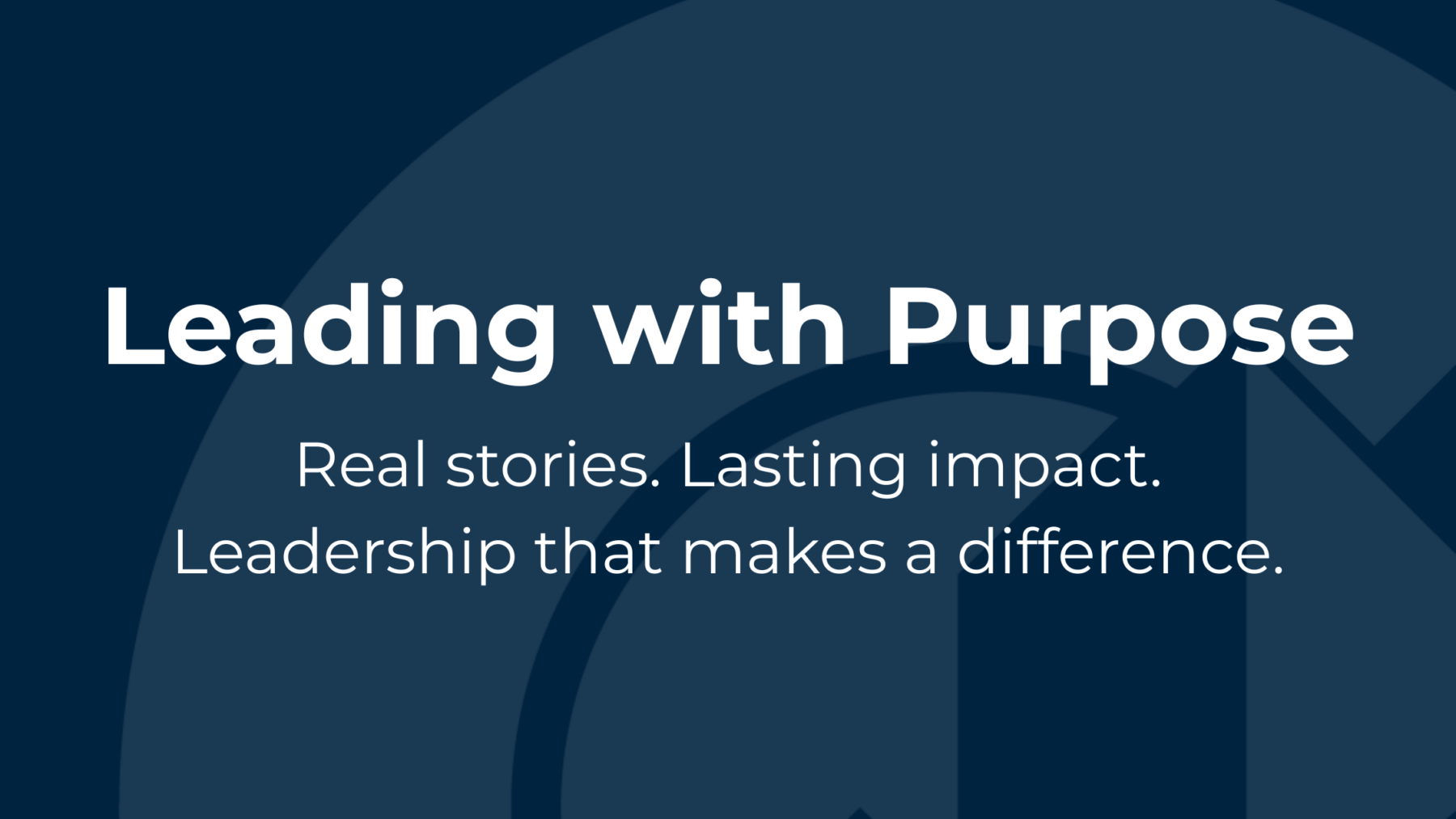Did you know many of our now-common technologies, like the typewriter, were initially developed as tools to help with accessibility and communication?
As entrepreneurs, creators and civic leaders, we can take the opportunity to view accessibility as a component of innovation by thinking outside of the box and beyond our current audiences to develop technologies that can meet the evolving needs of individuals in our communities.
Take a moment to think about all of the technologies shaping our lives: ride-sharing, smartphones, e-commerce and way-finding. All of these products assist a traditionally underserved population, and also influence and transform the way we all live our daily lives.
“Ninety-eight percent or more of people who can benefit from accessibilities features do not self-identify as having a disability. If you’re a start-up or a large company, thinking about these needs and these audiences will only make your product better and separate you from the competition,” said Tom Wlodkowski, vice president of accessibility at Comcast NBCUniversal.
At Comcast, Wlodkowski leads a team of people who are dedicated specifically to working to improve usability for all. Some initiatives include use of mobile and web applications with assistive technologies, exploration of new TV navigation paradigms and access to programming with video description and closed captions. One of Comcast’s most recent updates is the newly designed X1 voice remote. The blue microphone button where users can provide voice commands on the new remote is now positioned directly where the thumb naturally rests. The button is also in the center of the remote, larger than every other button and made from a distinct material so it can be identified by touch alone. Since its launch in May 2015, Comcast delivered over 18 million X1 voice remotes, and in a month span alone, more than half-a-billion voice commands were generated.
Accessibility isn’t just a feature. It is a core part of technology architecture. Thinking about accessibility from the design of a product through the development process can revolutionize the way people live.
Just ask Colorado Center for the Blind Technology Instructor Chip Johnson: “Being able to record and access On Demand materials is great. It puts us on the same playing field as everybody else. Things sighted folks have been able to do for years and years with their cable box, we can now do the same thing,” he said about using the X1 voice remote.
Inclusive design and thinking about all possible users from the beginning gives us new ideas and ways of looking at our products to benefit the overall product experience for everyone.
“Accessibility cannot be built in a vacuum,” Wlodkowski said. “We need to understand challenges with current technologies, as well as new opportunities to enhance the value of our services.” It’s our job as entrepreneurs and civic and business leaders to take accessibility and leverage it so it drives innovation, business and levels the playing field.
The article was written by Comcast Colorado.
This article was originally published on Business Altitude. Click here to view the issue.



